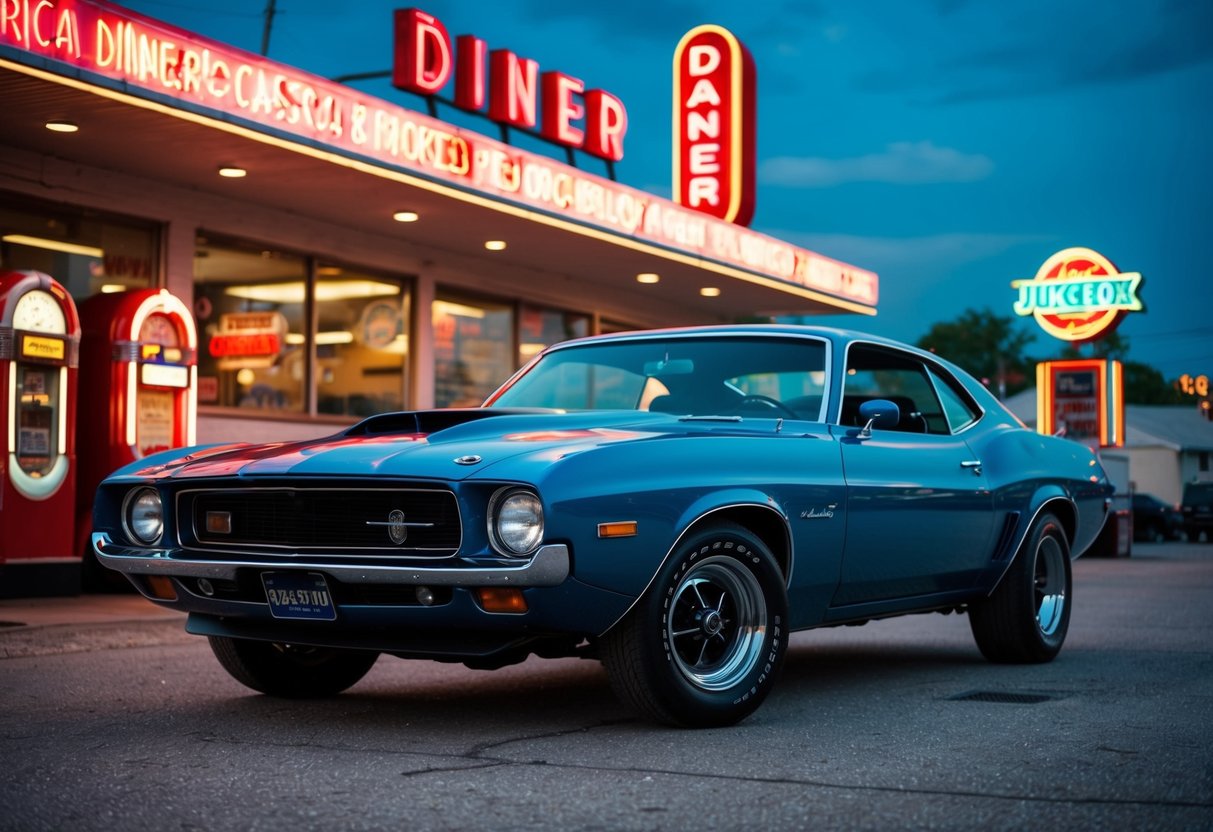
Comparing Classic and Modern Muscle Cars
Classic muscle cars are often celebrated for their nostalgic charm, while modern versions are known for advanced technology and improved safety. Both categories offer unique experiences that attract different types of enthusiasts.
Vintage Charm Versus Contemporary Power
Classic muscle cars like the 1967 Chevrolet Camaro or the 1970 Dodge Challenger are renowned for their raw horsepower and iconic designs. These vehicles evoke a sense of nostalgia with their V8 engines and minimal electronics, creating a primal driving experience. Enthusiasts appreciate the mechanical simplicity and the sensation of unfiltered power.
Contemporary muscle cars, on the other hand, such as the Ford Mustang GT or the Dodge Charger SRT, feature advancements in engine technology and materials. These modern incarnations offer significantly more power, efficiency, and performance while boasting improved handling and speed. Designed with aerodynamics in mind, they effortlessly balance speed with fuel efficiency.
Impact of Modern Regulations
The introduction of modern regulations has significantly impacted the design and functionality of muscle cars. Earlier versions lacked the technology required to meet today’s environmental and safety standards. Changes such as emission controls and requirements for better fuel efficiency have influenced the evolution of these cars.
Modern muscle cars integrate electronic stability control, advanced braking systems, and superior emission technologies. These enhancements ensure compliance with regulatory standards while maintaining performance excellence. As a result, manufacturers have managed to create powerful vehicles that are environmentally conscious and in line with safety expectations.
Unique Models and Legacy
Vintage muscle cars are celebrated for their distinct styles and power, leaving an indelible mark on American automotive history. These vehicles are particularly known for their innovation, transforming ordinary cars into high-performance legends admired by enthusiasts around the world.
Pioneers of the Muscle Car World
The Pontiac GTO is often hailed as the first muscle car, making its debut in the early 1960s. Featuring a 389 cu in V8 engine, it set the standard for what would become a defining era for American car manufacturing. Its combination of power and style captivated drivers, establishing a new class of automobiles focused on speed and performance.
Another early contender, the Plymouth Barracuda, emerged as a strong competitor with its assertive design and potent engine choices. The Barracuda’s distinctive fastback styling and exceptional performance capability contributed greatly to its reputation. Alongside the GTO, it helped pave the way for other manufacturers to explore the burgeoning muscle car segment.
Muscle Cars That Shaped Automotive History
The Chevrolet Camaro quickly gained fame after its introduction as a direct competitor to the Ford Mustang. Known for its sleek lines and robust engine options, the Camaro became an immediate icon. Its adaptability over the years through various models and trims demonstrated the evolution of American muscle cars, combining both presence and power.
The continued influence of iconic vehicles, such as the Pontiac GTO and Chevrolet Camaro, remains strong in car culture. Even as automotive technology advances, these classics retain a passionate following. They are celebrated not only for their historical significance but also for embodying an exhilarating chapter in automotive excellence.



